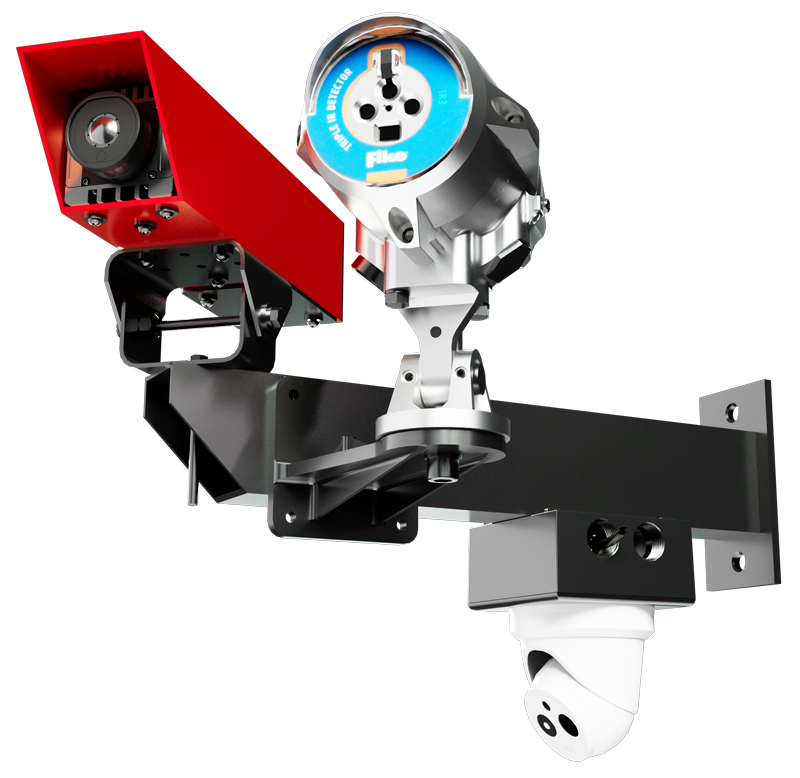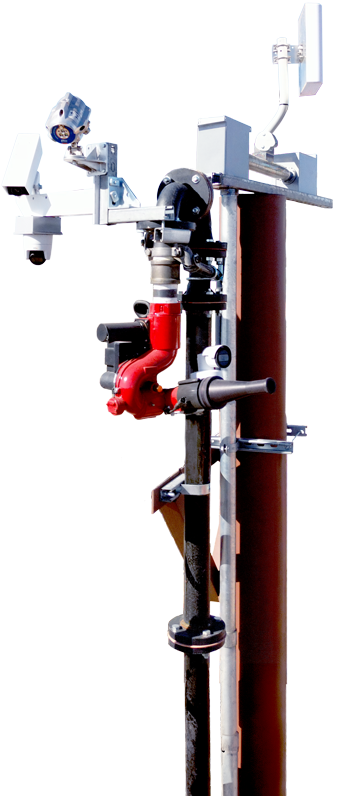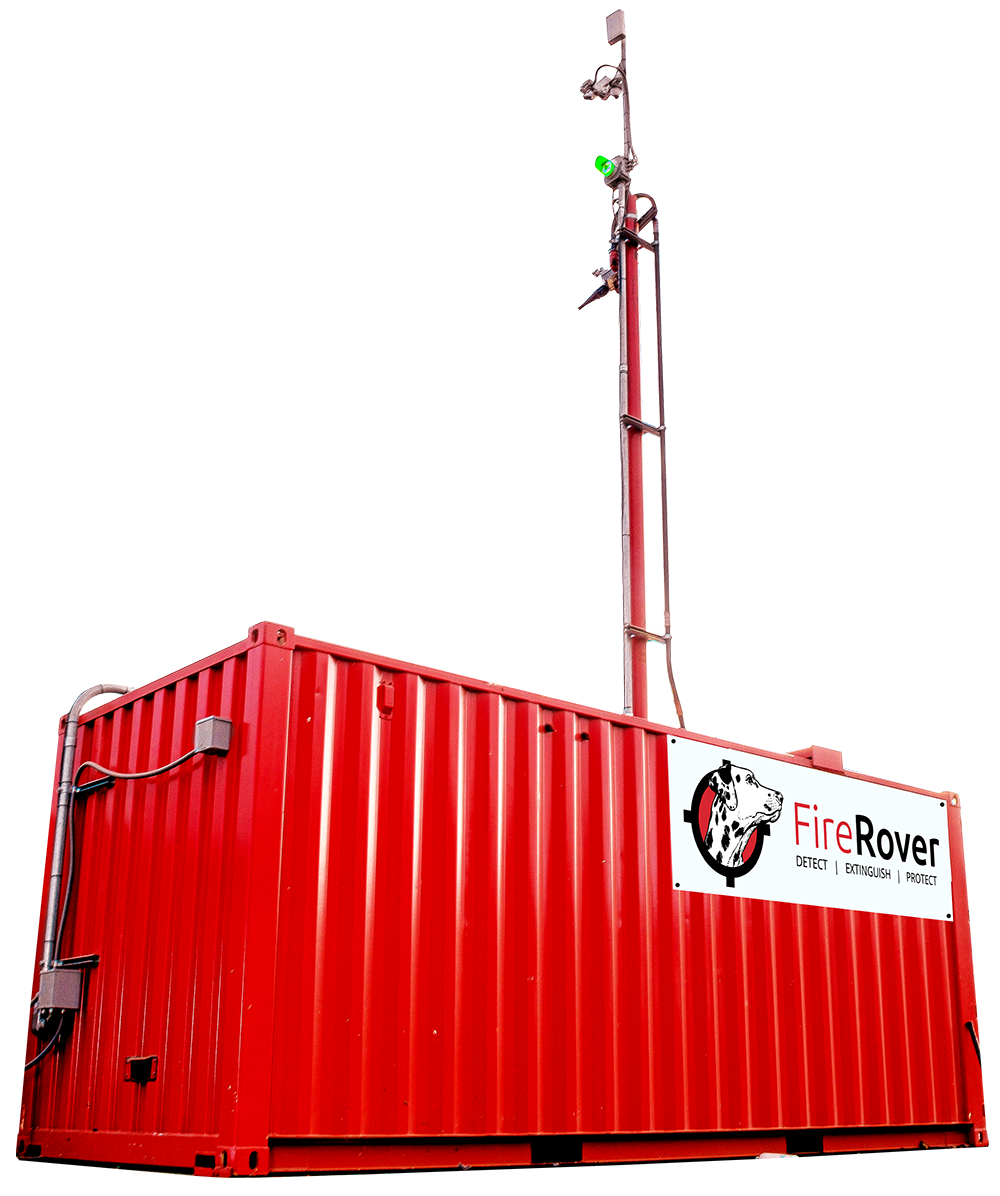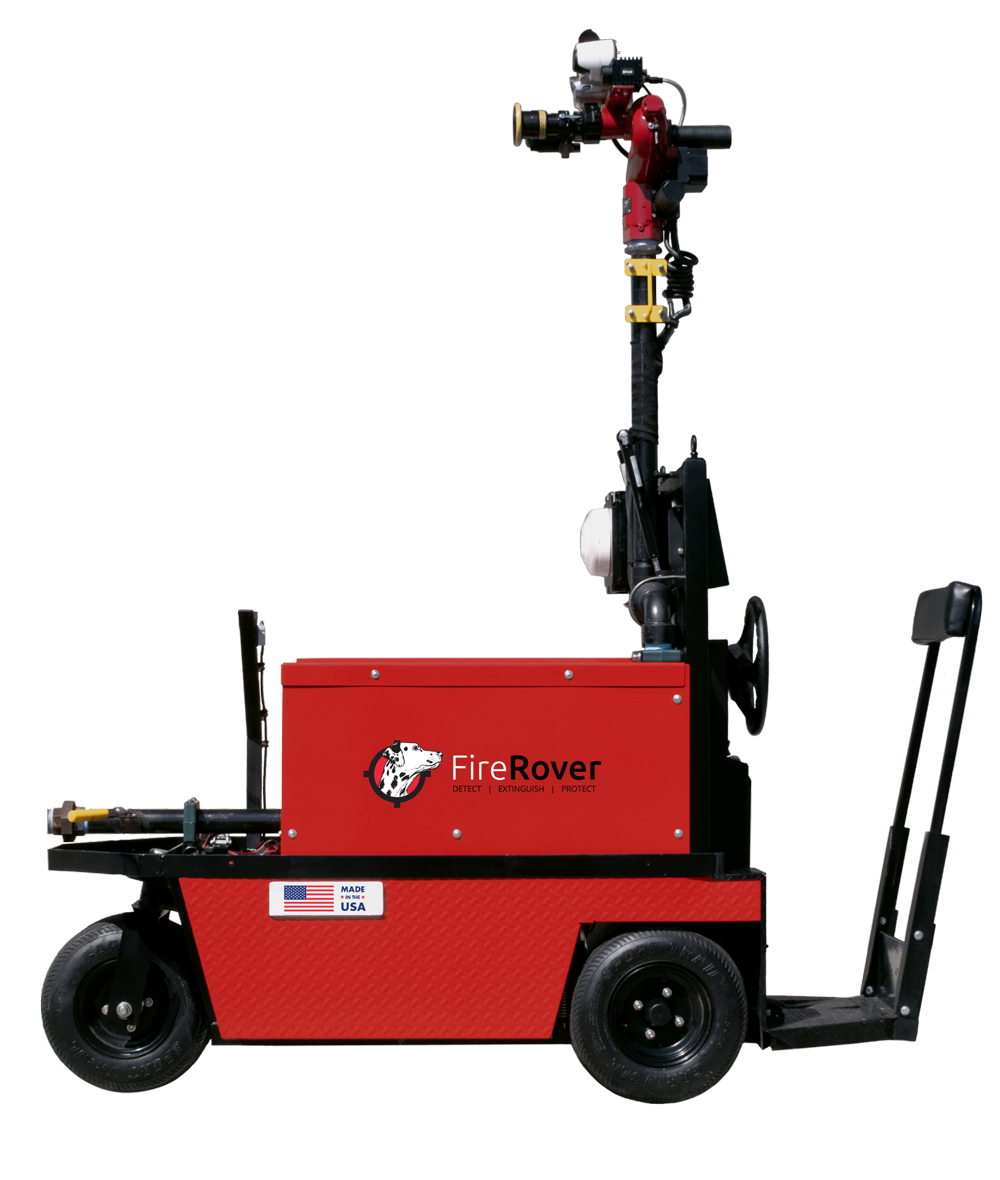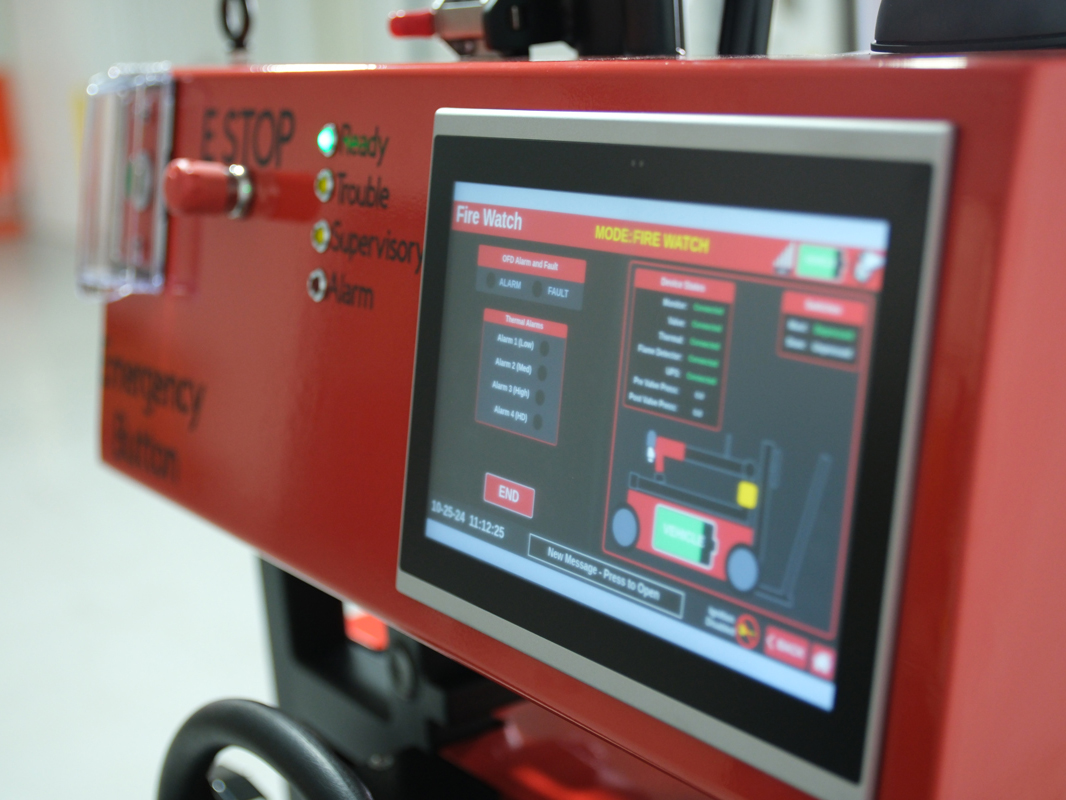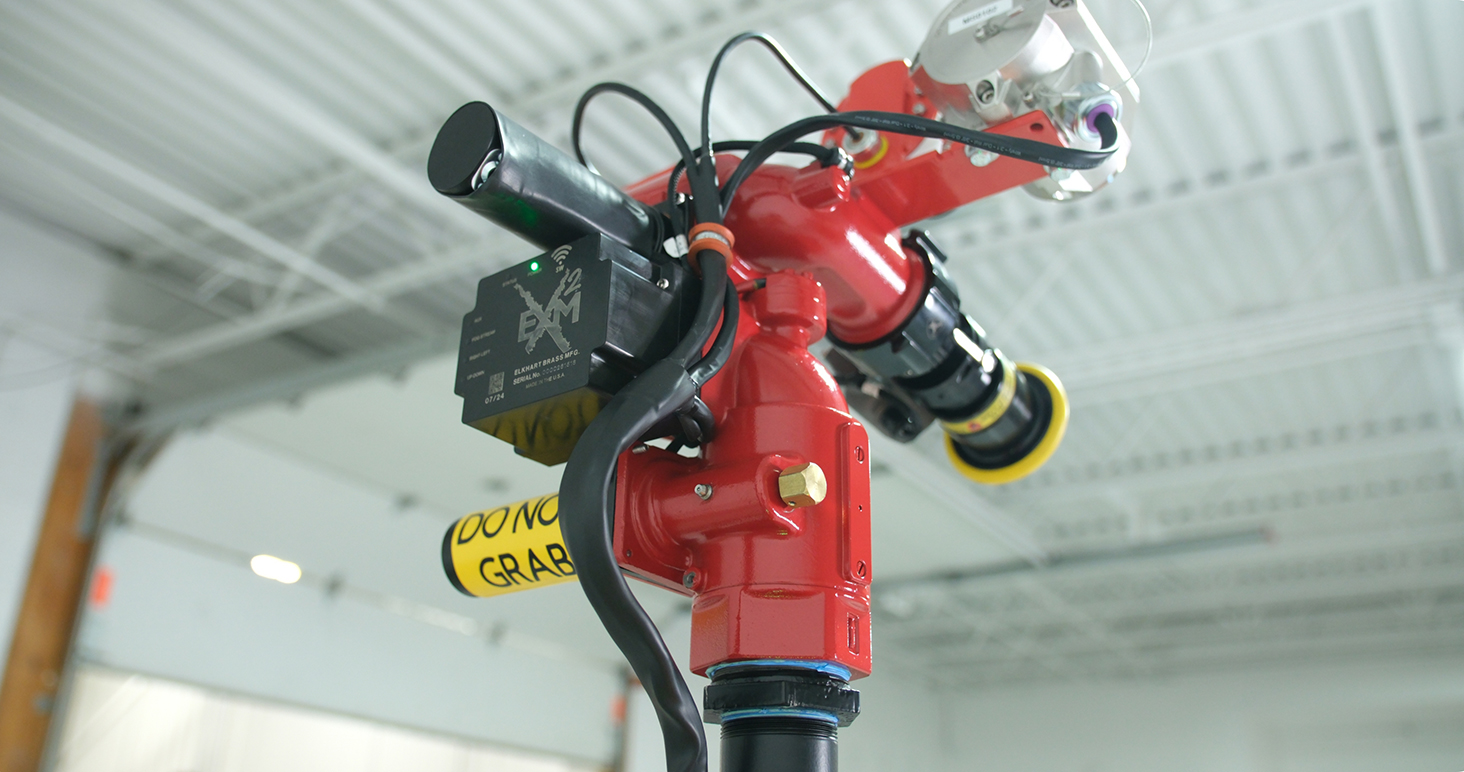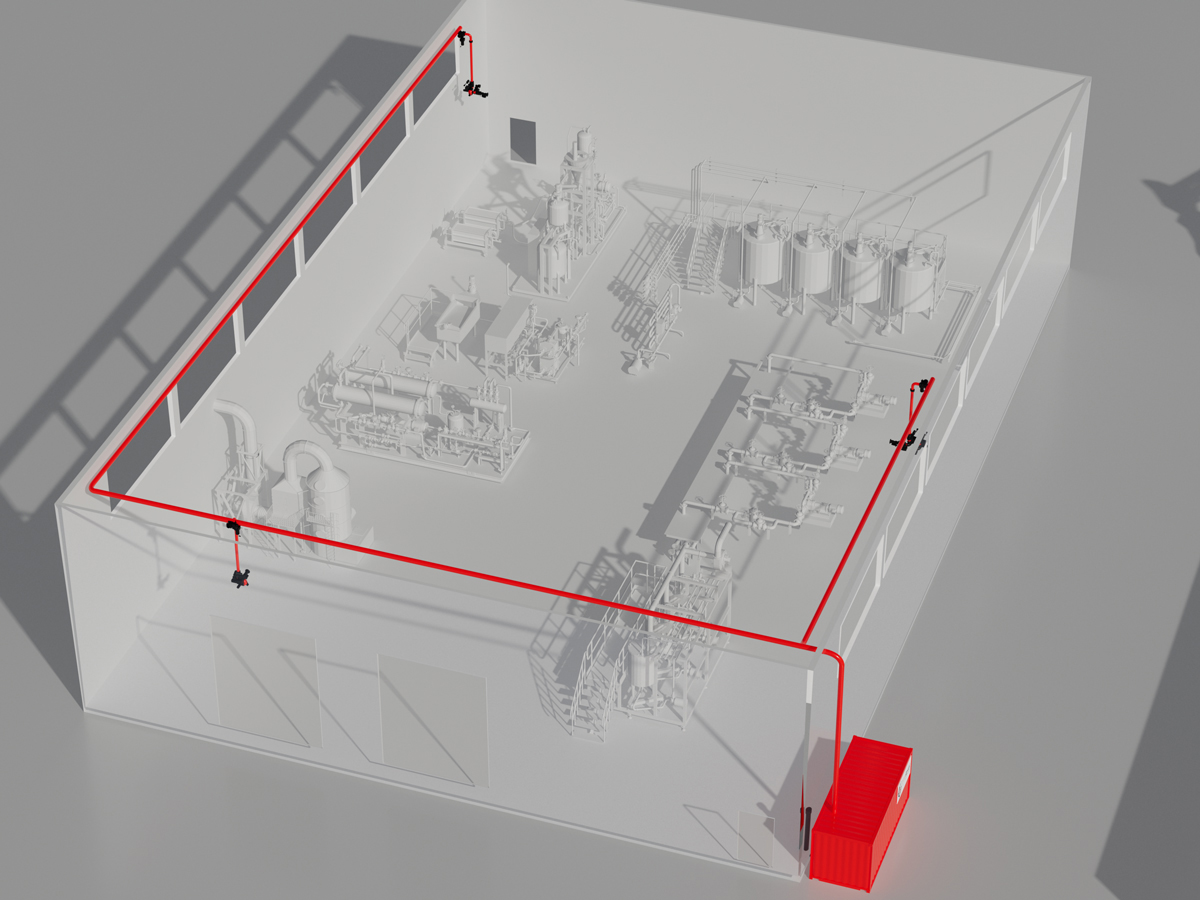Every day, countless car fires happen — but how often do electric vehicles (EVs) catch fire? With headlines spotlighting EV battery blazes, it’s easy to assume EVs pose a bigger risk than gas-powered cars. But the facts tell a different story. Answering how often do EV batteries catch fire matters — not just for peace of mind, but also for creating effective safety strategies.
In this blog, we’ll dive into the data behind EV fire frequencies, compare them to traditional car fires, unpack common causes, and explore how fire response is shifting in a world increasingly powered by batteries. If you’re a facility manager storing EVs, a recyclers handling battery packs, or a safety professional planning responses, this breakdown starts with the critical question: How often do EV batteries catch fire — and what does that mean for you?
How Common Are EV Fires?
Here’s what current studies say — EV fires, while dramatic, are significantly less frequent than those in gasoline-powered vehicles:
- All-electric vehicles experience about 25 fires per 100,000 sold, compared to 1,530 fires per 100,000 for gasoline cars
- In Sweden, EVs and hybrids caught fire at a rate of 3.8 fires per 100,000 vehicles, whereas combustion-engine cars caught fire at 68 per 100,000, making ICE vehicles nearly 29x more likely to ignite.
- Studies spanning 2010–2020 saw EV battery fire rates at 0.0012%, compared to 0.1% for internal combustion engine (ICE) cars.
- In Poland, EVs and ICE vehicles had equal incident rates—approximately 0.23 fires per 1,000 registered vehicles.
Key Takeaway: Across multiple geographies and datasets, EVs catch fire far less frequently than gas cars and, in some cases, are on par with ICEs as they become more prevalent.
Causes of EV Battery Fires
Understanding why EV batteries catch fire means looking at multiple risk factors:
- Lithium-Ion Chemistry and Thermal Runaway: High energy density and flammable electrolytes make batteries prone to chain-reaction fires.
- Mechanical Damage: Collisions or puncturing can start fires inside battery packs.
- Charging-Related Issues: Overcharging, faulty chargers, or grid surges may lead to overheating.
- Environmental Factors: Heat waves, flooding, or humidity can destabilize cell chemistry, especially for aging batteries.
These scenarios highlight how critical maintenance, proper handling, and dedicated safety systems are in preventing EV fire incidents.
How EV Fires Behave vs. Gasoline Fires
EV fires differ in several ways from traditional car fires:
- Intensity and Burn Time: EV fires often burn hotter and longer because of sustained thermal runaway.
- Firefighter Challenges: Standard extinguishing methods may fail; EV fires can reignite hours later and often demand immersion or heavy water loads.
- Toxic Fumes: Battery fires release harmful compounds such as hydrogen fluoride and heavy metals.
- Gasoline Fires: While more common, they can often be extinguished quickly once fuel is cut off.
Because of these differences, EV fleet operators, recycling centers, and storage facilities face unique suppression challenges.
Battery Fire Prevention and Response Strategies
Even though EV fires are rare, the severity demands proactive strategies:
- OEM Safeguards: Many EV manufacturers use advanced battery management systems, thermal shielding, and crash isolation methods.
- Firefighter Protocols Evolving: Departments are now trained in EV-specific responses and toolsets.
Fire Rover’s Specialized Detection: In industrial scenarios, Fire Rover offers continuous thermal monitoring and precise suppression, particularly useful for facilities storing multiple EVs or battery packs
Protecting People and Assets in the EV Era
So how often do electric cars catch fire? Rarely. EVs consistently show much lower fire rates than their gasoline counterparts. But, when EV fires do occur, they present complex challenges with long burn times, toxic emissions, and severe insulation requirements.
If you manage a facility that stores EVs or mobile batteries, consider solutions designed for early detection and targeted suppression. Fire Rover specializes in preventing EV-related fires from escalating — because it’s not just about the frequency, but being ready for the high-consequence few.
Protect your people, operations, and peace of mind. Contact Fire Rover today to explore EV-safe fire solutions.


